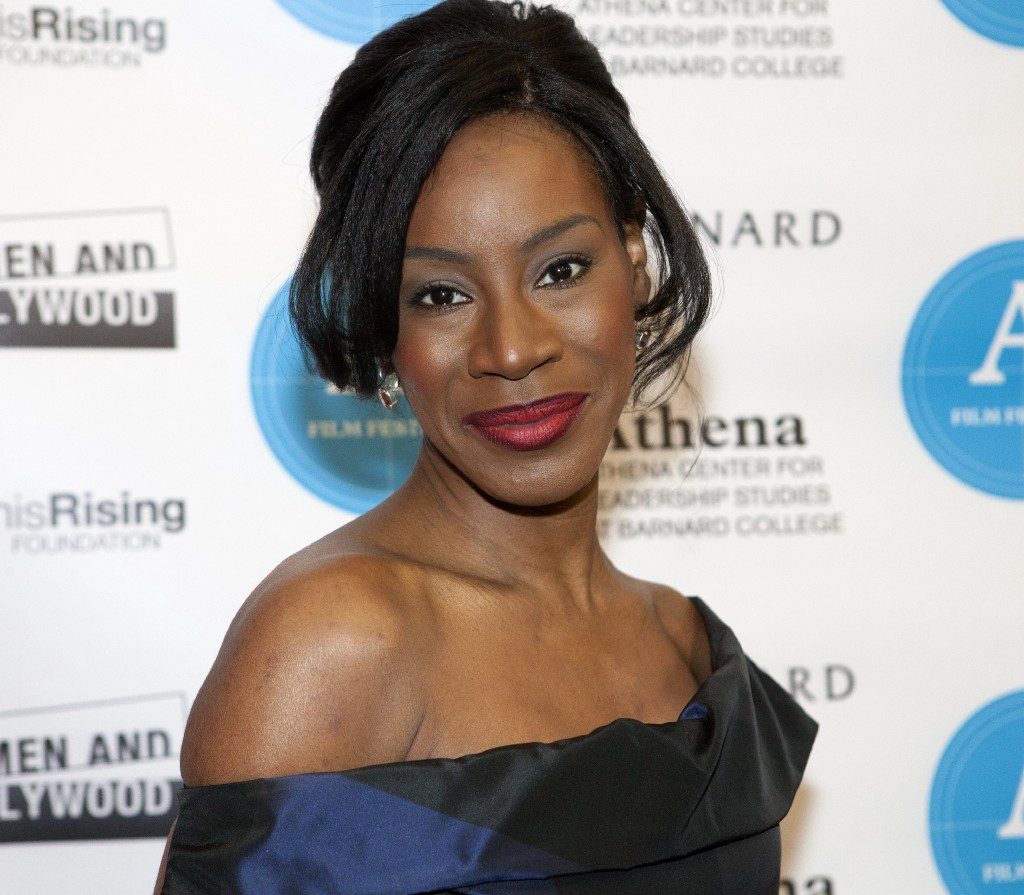Expect to find more diversity both on and off camera in upcoming British film projects. The British Film Institute (BFI) will officially launch its Diversity Fund with an initial investment of £1 million, or roughly $1.5 million, on November 2.
The Three Ticks diversity quota for production will be in effect for all film projects that receive BFI Lottery Funding, including development, production, distribution and audience development. Creative Skillset, Creative England and Creative Scotland are among the other UK funders to adopt the Three Ticks model, which has been renamed the BFI Diversity Standard.
“Art itself is borne of diversity, of celebrating the different,” argued BFI chief exec Amanda Nevill. “As our most accessible and powerful art form, film must reflect the society in which it is made and tell stories that speak to the many different people who exist within that society. That isn’t an optional extra or a nice to have — it’s a moral and social imperative and, by ensuring audiences are served with films they want to see, it also makes good business sense.”
According to the BFI, the Diversity Fund seeks to “help inspire and provoke positive changes across UK film by providing opportunities for individuals working across the industry to benefit from professional development to help support their careers, and supporting companies and organizations to show leadership in diversity and the many opportunities that it holds for UK filmmakers, audiences, and industry.”
Three Ticks (referring to checkmarks) was first introduced in September 2014 as a 12-month pilot program with the support of the UK producers’ association Pact. Fifteen projects have received support from the BFI during this period, including Andrea Arnold’s “American Honey” and Amma Asante’s “A United Kingdom.”
The model is meant to encourage diversity in race, disability, gender, age, sexual orientation and socio-economic status both in those working behind the scenes and in the portrayal of characters on screen. BFI diversity manager Deborah Williams oversaw an audit of the Three Ticks pilot, and based on the findings, guidelines have been expanded to include a new category for BFI Audience funds.
BFI Diversity Standards require those applying for the BFI Film Fund to prove how their project will tackle underrepresentation across four areas, with a minimum of one tick needed in a minimum of two areas:
A — On Screen Representation, Themes & Narratives
This section considers the representation and recognition of specific groups on screen.
For example, is the project telling us something we do not already know? Is it a new voice? OR a familiar story told from a different POV?
B — Creative Practitioners & Artistic Leadership
Is the artistic leadership of one of the identified diverse groups likely to have a positive outcome on the project?
Does the project have the potential to open doors which have historically been closed?
C — Industry Access & Opportunities
The BFI will consider what the value is of the work experience and development opportunities offered.
Does the project present an opportunity to work collaboratively with other elements of the industry?
Are there wider and deeper career development opportunities to be offered?
D — Opportunities for Audience Development
This will be a required category for festivals, distribution funds and other funded audience activities, and offers an additional category for feature film projects which have distributors attached.
Considerations will include the nature of the programme or film, the audience it is aimed at and the intended long-term impact.
[via ScreenDaily]






